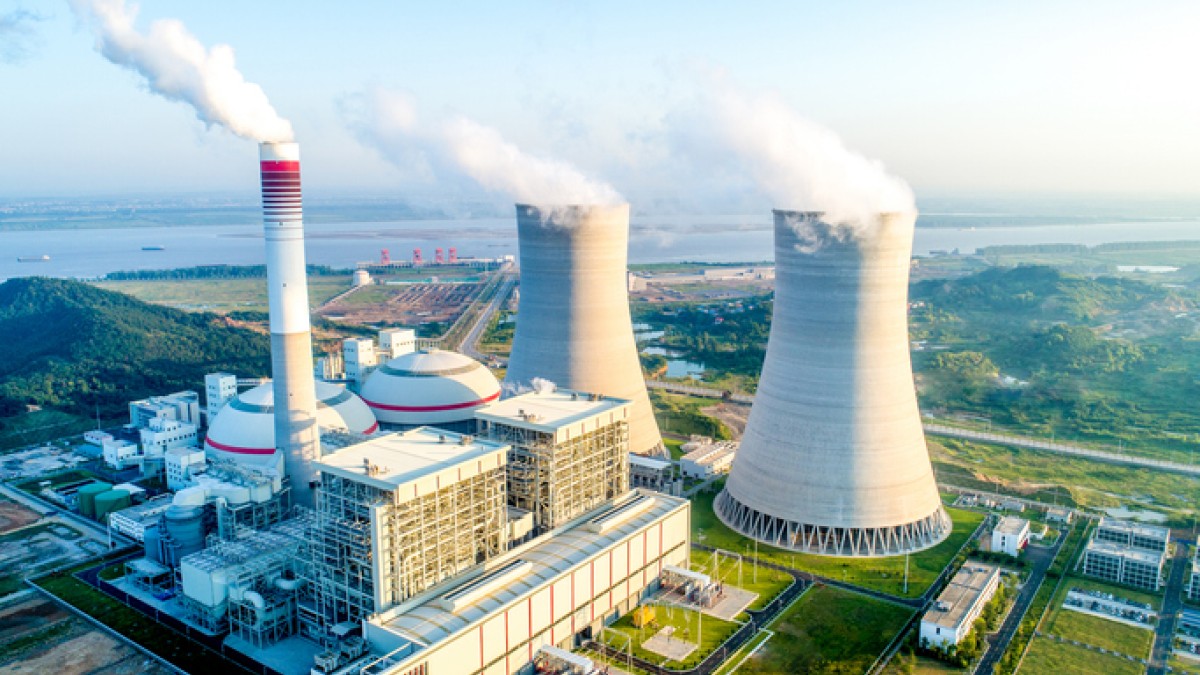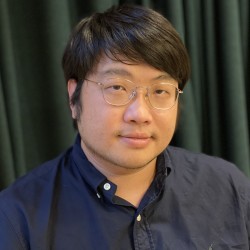Engineers develop breakthrough technique to enhance lifespan of next-generation fusion power plants
As the world races to build the first commercial nuclear fusion plant, engineers from the University of Surrey have made a breakthrough in understanding how welded components behave inside the extreme conditions of a reactor – offering critical insights for designing safer and longer-lasting fusion energy systems.

Working in collaboration with the UK Atomic Energy Authority (UKAEA), the National Physical Laboratory, and global supplier of scientific instruments for nanoengineering TESCAN, researchers have developed and used an advanced microscopic method to map hidden weaknesses locked inside welded metals during manufacturing that can compromise reactor components and reduce their lifespan.
The research, published in the Journal of Materials Research and Technology, details how they examined P91 steel – a very strong and heat-resistant metal candidate for future fusion plants. Researchers applied an advanced imaging technique using a plasma focused ion beam and digital image correlation (PFIB-DIC) to map residual stress in ultra-narrow weld zones that were previously too small to study with conventional methods.
Results showed that internal stress has a big impact on how P91 steel performs – beneficial stress making some areas harder and detrimental stress making others softer, which affects how the metal bends and breaks. At 550°C, the kind of temperature expected in fusion reactors, the metal became more brittle and lost more than 30% of its strength.
Fusion energy – the process that powers the sun and stars – fuses light atoms to release massive amounts of energy. Unlike traditional nuclear power, the materials used, and the radioactive waste produced, are generally short-lived and far less hazardous.
Beyond the lab, the data from the team provides a foundation for validating finite element simulation models and machine learning-powered predictive tools, which have great potential to accelerate the design of fusion reactors like the UK’s STEP programme and the EU’s DEMO power plant project. This will help researchers to refine predictions and focus on the most positive material outcomes, significantly reducing experimental costs.
With the future commercialisation of fusion power on the horizon, the research will play a crucial role in advancing the technologies needed to make it a reality – bringing us closer to delivering secure, low-carbon electricity at scale.
We are proud that our FIB-SEM instruments can be part of such a crucial topic in materials research for the energy industry. Our long-standing collaboration with the University of Surrey to automate microscopic residual stress measurements proves that the plasma FIB-SEM can be successfully used for high-precision machining at the microscale.Jiří Dluhoš, FIB-SEM Product Manager at TESCAN
###
Notes to editors
- Dr Tan Sui and Dr Bin Zhu are available for interview; please contact mediarelations@surrey.ac.uk to arrange.
- The full paper is available at https://www.sciencedirect.com/science/article/pii/S2238785425005071
Related sustainable development goals

Featured Academics
Media Contacts
External Communications and PR team
Phone: +44 (0)1483 684380 / 688914 / 684378
Email: mediarelations@surrey.ac.uk
Out of hours: +44 (0)7773 479911

